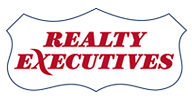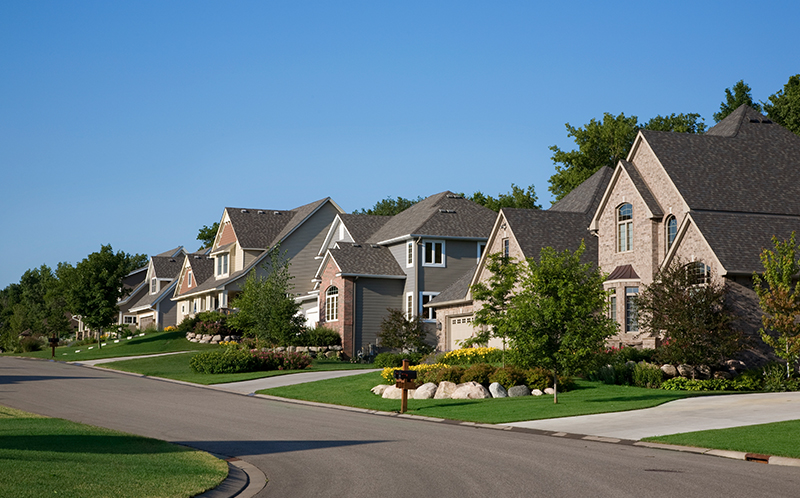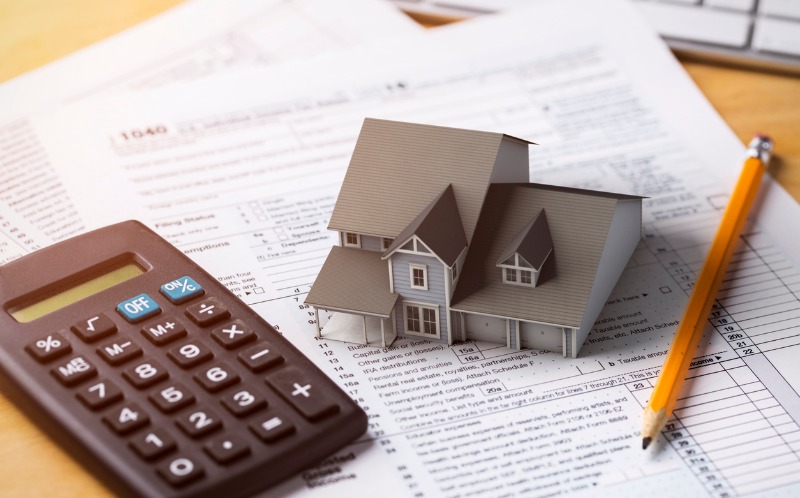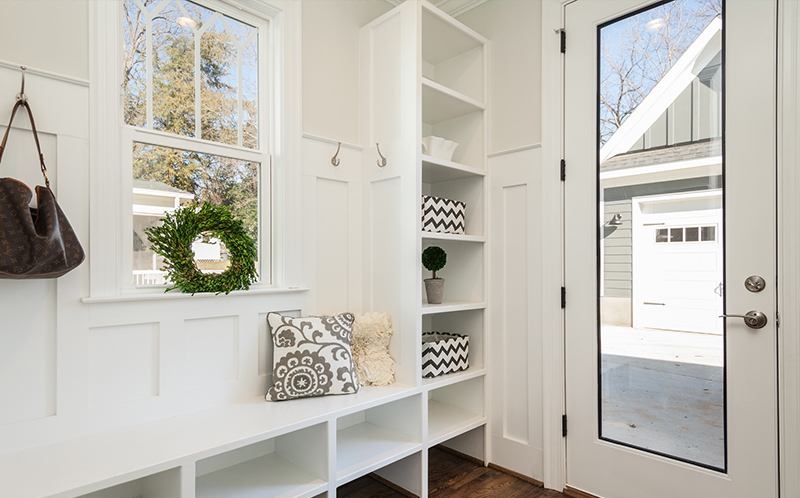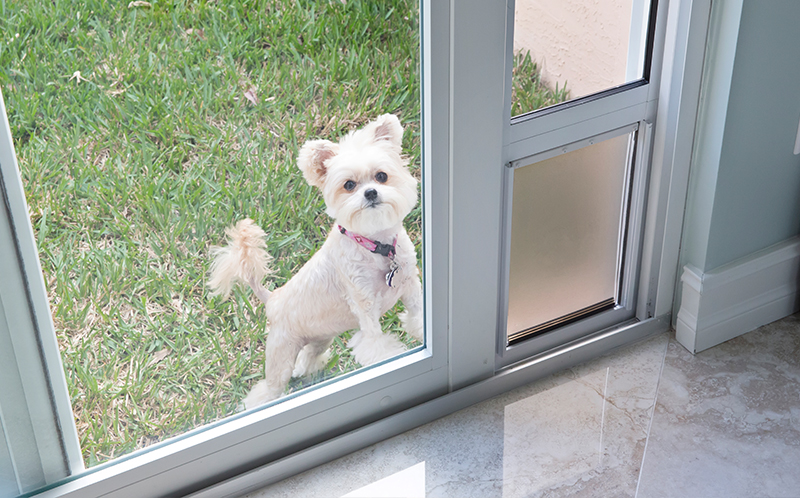
It is estimated that over half of people internationally have a pet living with them, and statistics show pet ownership steadily rising every year. With so many people welcoming pets into their families, it stands to reason a pet’s specific needs would eventually make its way into home design. But, while some people go all-out building over-the-top pet palaces, the best design schemes marry a pet’s comfort with their human’s convenience without busting the budget. Here are six affordable home renovations for your pet that are stylish, functional and won’t cost you an arm and four legs
- Patio Panel Pet Door: These tasteful panels are easy to install, come in several styles and colors, and will accommodate pets large and small. The best part, unlike a traditional doggy door, there is no need to cut a hole – the panels snap and lock to your sliding door track, so when you move, you can take it with you.
- Pet Feeding Station: No more tripping over food bowls and cramming bulky pet food bags into cabinets. With a pet feeding station, you have everything your pet needs at meal time conveniently tucked away when not in use. Whether you convert an existing cabinet, build one yourself, or buy one pre-built, a pet feeding station will help keep your pet’s food organized with style.
- Pet Nooks: Dogs and cats love to keep an eye on their people, but the places they choose to hang out are not always convenient. Eliminate this problem by creating designated nooks for them in rooms you occupy the most. A built-in space in the kitchen, an under-stair alcove, or a window cat perch allow your furry friend to be near you without getting underfoot.
- Dog Wash Station: Keep muddy paw prints to a minimum with the addition of a dog wash station to your laundry or mud room. Washing Fido before he dirties carpets and walls will save you time and money in the long run and you can also use it to clean items such as air filters or patio accessories – things you just don’t want in your kitchen sink.
- A Custom Catio: Fulfill your indoor cat’s desire to go outside with a custom indoor/outdoor catio. Catio Spaces provides DIY plansin four different designs that you can customize to suit your cat’s needs.
- Enclosed Cabinet Litter Box: No matter how clean you keep your cat’s litter box, it’s still unsightly and malodorous. The solution? Convert an existing cabinet to contain your cat’s litter box. An enclosed box will also cut down on litter box smell and give your cat its coveted privacy – a win-win.
